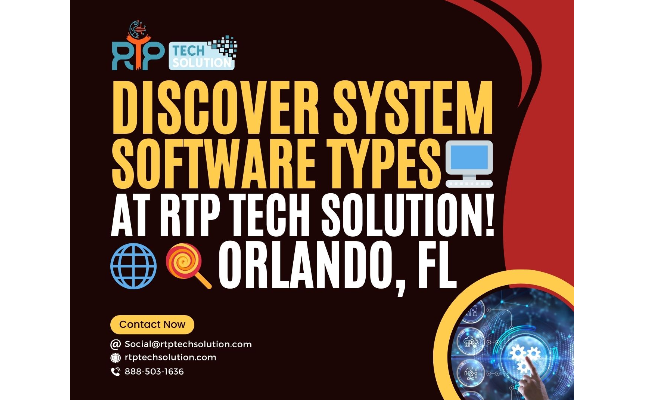At its heart, a computer system operates as a deterministic system. This means that the computer’s operations and reactions are predictable and predetermined based on a set of instructions or inputs. These are mainly managed by the system software, which handles input and output requests, manages memory, and controls the execution of application software.
Powering Digital Engagement: Software Programs
Our current digital era thrives on diverse software programs that fuel a broad array of user activities. Whether it's casual gaming and movie streaming or intricate algorithm development and data analysis, these interactions are made possible by the presence of system software and application programs.
These crucial pieces of software act as mediators between the user and the physical systems of a device. They translate user inputs into device-readable commands, ensuring fluid, two-way communication that results in the desired output. This digital dialogue forms the basis of our extensive digital interactions.
Master Organizer: File Management Systems
One of the critical responsibilities of system software is file management. This feature of system software allows for the orderly organization and retrieval of data stored in the computer's memory. These systems take on an organizing role similar to a librarian, meticulously categorizing and precisely locating data for easy retrieval.
In the computer system's context, this librarian's role is played by the operating system, specifically its file management system. The importance of file management remains undiminished, whether in an open system promoting inter-operability or a closed system providing a strictly controlled environment.
Custom Digital Solutions: System Design and User Needs
Computer systems are as diverse as the vehicles we see on our roads, each designed with specific user needs in mind. Some are open systems, fostering third-party development and compatibility, while others are closed, delivering an exclusive and finely controlled user experience.
This diversity in design caters to various user groups, from casual internet surfers to passionate gamers and data scientists requiring high computing power. The result is a wide array of systems, each designed with the objective of satisfying a specific set of user requirements.
Understanding Systems: Abstract vs. Natural
In our exploration of computer systems, distinguishing between abstract and natural systems is important. An abstract system, such as a computer system, is a man-made structure designed for a specific purpose, like running a type of software or accomplishing a task.
On the other hand, natural systems like ecosystems or the human body exist organically in nature. Despite their different origins, both types of systems share a key characteristic: they are composed of multiple components that work together to achieve a common goal or maintain a balance.
The Hidden Pillars: Memory Management and Device Drivers
Memory management and device drivers are two silent but critical components of a computer system. Memory management, a system software function, oversees data storage and retrieval within the computer's memory, ensuring optimal performance.
Device drivers, on the other hand, are specific software types that interface between the system and the hardware devices, managing their operations. Despite their unobtrusive existence, both these elements significantly contribute to the computer's overall functionality.
The Unsung Heroes: Troubleshooting and Diagnostics
Troubleshooting and diagnostic tools form another critical aspect of system software. Whenever your computer experiences a hiccup, these tools come into action. They identify the issue and guide the user towards the solution, ensuring minimal disruption to the smooth operation of your computer system. By providing this line of defense against potential system issues, they reinforce the resilience and reliability of your computer.
Working Together: System Software and Hardware
In a computer system, the system software acts as the main control unit, directing the diverse components of the computer hardware. This intricate management ensures synchronized operation among the various parts, enabling users to carry out their tasks with ease and efficiency.
Unseen Actors: Everyday Software Programs
Everyday software programs form the interface that users engage with regularly. These range from web browsers and word processors to video games and graphic design software. Resting on the foundation set by the system software, these programs offer a multitude of functionalities to users.
Communicating Intent: Programming Languages
Programming languages are the primary communication medium in the realm of computer systems. These languages allow us to instruct our devices to perform specific tasks. They form the code base for all the computer programs and system software that manage our devices. Without them, the digital world, as we know it, would cease to exist.
The Silent Conductor: System Software
The next time you switch on your device, consider the refined and intricate system software operating diligently beneath the surface. This unassuming maestro controls the symphony of countless software programs, adeptly manages the computer hardware, and assures a flawless experience tailored just for you. Its efficiency and the consistent performance it offers is nothing short of impressive.
Delving into the world of system software can be fascinating, but it can also be overwhelming. If you find yourself seeking further knowledge or needing assistance, do not hesitate to reach out to us at RTP Tech Solution. We're here to help simplify the complexity, provide solutions to your tech challenges, and RTP Tech Solution make your digital journey enjoyable and hassle-free. So, continue to explore and savor your tech voyage with RTP Tech Solution guiding you every step of the way!



